Autel Evo Lite+ Review For Photogrammetry
 Lukas
Zmejevskis
Lukas
Zmejevskis
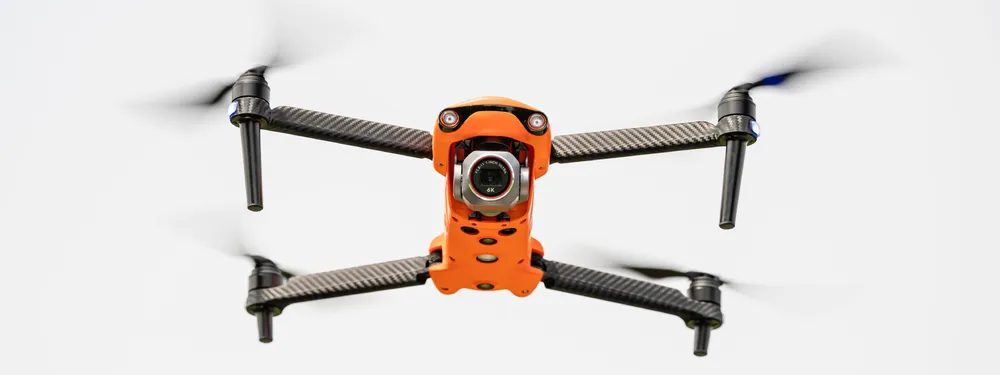
Autel Robotics Evo Lite+ is a consumer quadcopter drone made to compete with the DJI Mavic drones – the most popular drones on the market. Autel Robotics is another Chinese owned company in the consumer UAV space trying to make a mainstream product worldwide. We will look at the drone and answer the question – is the Autel Evo Lite+ suitable for photogrammetry? This article is our unbiased opinion. The drone was lent to us by our partner, brand new and unused, with the latest firmware and app updates.
Autel Evo Lite+ – Main Features
Autel has a lineup of consumer and enterprise drones. The Evo Lite + falls in the middle of the consumer line offering a 1-inch sensor-equipped camera with variable aperture, 40-minute flight time, and three side obstacle sensing – forward, backward, and downward. The drone weighs in at 835g and folds down familiarly. Overall – the Lite + is a competent package on the specifications sheet – how is it in real life?
First Impressions of the Lite+
Build Quality
The drone itself is well made. The plastics used for the shell are solid, while the folding legs seem made from naked carbon fiber. The legs fold crudely, with clicks and creaks, but that is the only thing you can criticize about the physical build of the drone. Simple gray plastic makes up the gimbal and the camera body. Overall the build quality is not as good as the DJI Mavic 3. Still, the difference is not significant enough to make a noticeable distinction.
The supplied remote controller, however, feels a bit weird. It has a shape more akin to a gaming controller than an RC remote. Despite the more organic form, it is not as comfortable to hold as the latest DJI controllers. It feels top-heavy with the phone attached. The rugged rubber grip and textured plastic remind more of garage tools than expensive electronics. There is no place to store the thumbsticks, and the phone holder/antenna section is not flush with the controller, making its footprint quite large. The 5 Clickable buttons also feel cheap and clack loud. The dial and the joysticks feel ok. Overall the remote controller leaves a mixed impression.
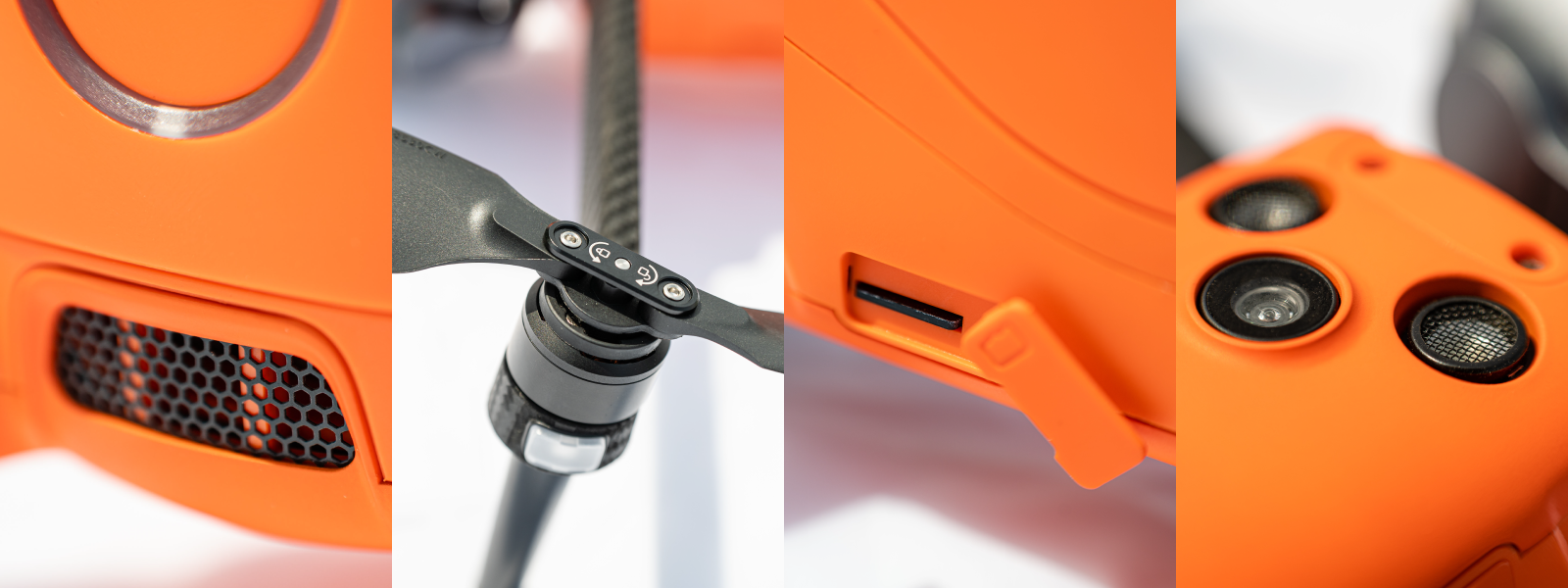
Autel Sky App
The application used to control the drone is available for Android and Apple iOS devices. The Autel Sky app does its job; it is simple and has all the essential features in an inoffensive user interface. The app is a mix of the DJI Fly app and the default iPhone camera app. The app is easy to use, and you can explore it in 5 minutes.
The app offers all the usual shooting modes alongside some more unique ones like portrait or night, which are not usually available in drone apps. Mostly, these modes are cheap gimmicks with hardly any real-world usability and often introduce limitations.
Flight Experience of the Autel Evo Lite+
Flying the Autel Evo Lite+ is nothing new to quadcopter pilots. It is also safe and easy enough for beginners. Three flight modes provide different speeds: smooth, standard, and ludicrous. Despite the name – ludicrous mode is not that fast, while smooth does provide smooth acceleration and deceleration. During a mixed flight in ideal conditions, the drone lasted 33 minutes until the battery was at 20 percent. The image transmission and signal was reliable during the entire flight, no issues there.
Subjectively the drone does not feel as good as the Mavic 3 or the Phantom 4 Pro. It decelerates slower, especially during descent. It accelerates slower and feels heavy but still jerks and twitches more than its DJI counterparts. Maybe the motors lack power, or the remote controller settings are suboptimal. Still, it is good enough to use out of the box, and some tweaking might bring it closer to excellence.
But there is one thing that made the whole experience much worse than it had to be – the beeping. When obstacle detection is on – the remote controller beeps ridiculously loudly. So much so that it makes the take-off unbearable. It keeps beeping even if the nearest obstacle is 10 meters away. I could not find an option to turn off the beeping in the app, so I had to turn off the detection altogether. With this beeping, all inconspicuousness is lost and physically hurts the ears.
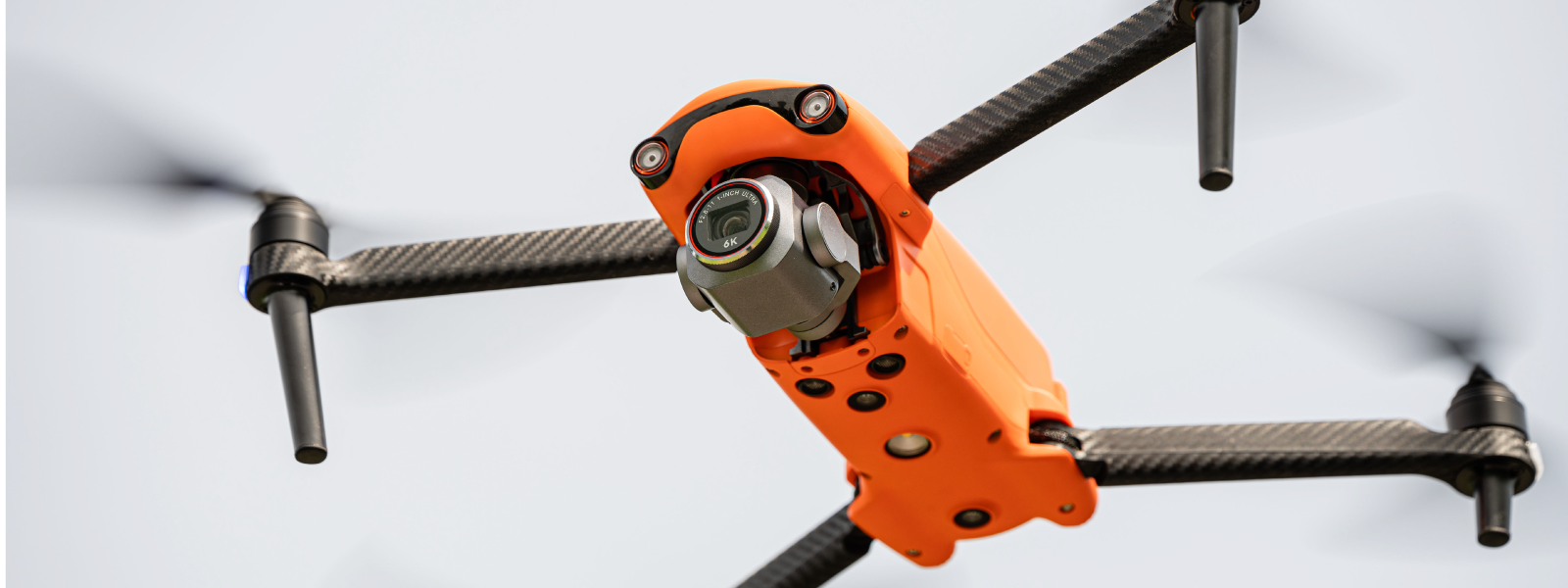
Photo
The autofocus seems to be working seamlessly. Automatic exposure meters the scene well and selects good settings. You can fix any settings you choose or leave any combination of settings on auto. You can take raw photos, jpegs, or both, and their quality is excellent. Images are sharp and have a good dynamic range, what you expect from modern 1-inch camera sensors with 20-megapixel resolution.
One issue that does present itself is that the photo buffer clears quite slowly, and the screen freezes for a considerable amount of time. We used a fast v30 micro sd card for testing, which worked well in the Mavic 3. Panorama shooting modes are also pretty slow, and there are limits when shooting hyperlapse. The internal buffer or card reader is most likely slow and limits the speed at which you can shoot photos. It is not a deal-breaker, but you must be aware of these limits.
Video
There is a good amount of video resolutions and frame rates to choose. From 5.4k video (6K is a blatant marketing lie) at 30p down to 1080 120p. But there are a few significant issues with video from the Autel Lite+:
- The video is only in 8-bit. For this kind of price, we expect 10 bit in 2022.
- The video is heavily oversharpened, and there is no way to turn that down. Your only option is to use “mist” type filters if there are any.
- The so-called “Log” video (a flatter, less contrasty color profile) is only available if the exposure settings are on auto. A “log” mode is not available in “Pro” mode. Let that sink in.
- Any frame rates higher than 30p forcibly introduce a crop.
Not to mention the additional limits present if a particular mode is engaged in the app. For example, tracking mode limits the video to only UHD 30p with a heavy crop, and you can not choose otherwise. These deal-breaking limits make the Autel Lite+ very hard to recommend for anyone serious about filmmaking.
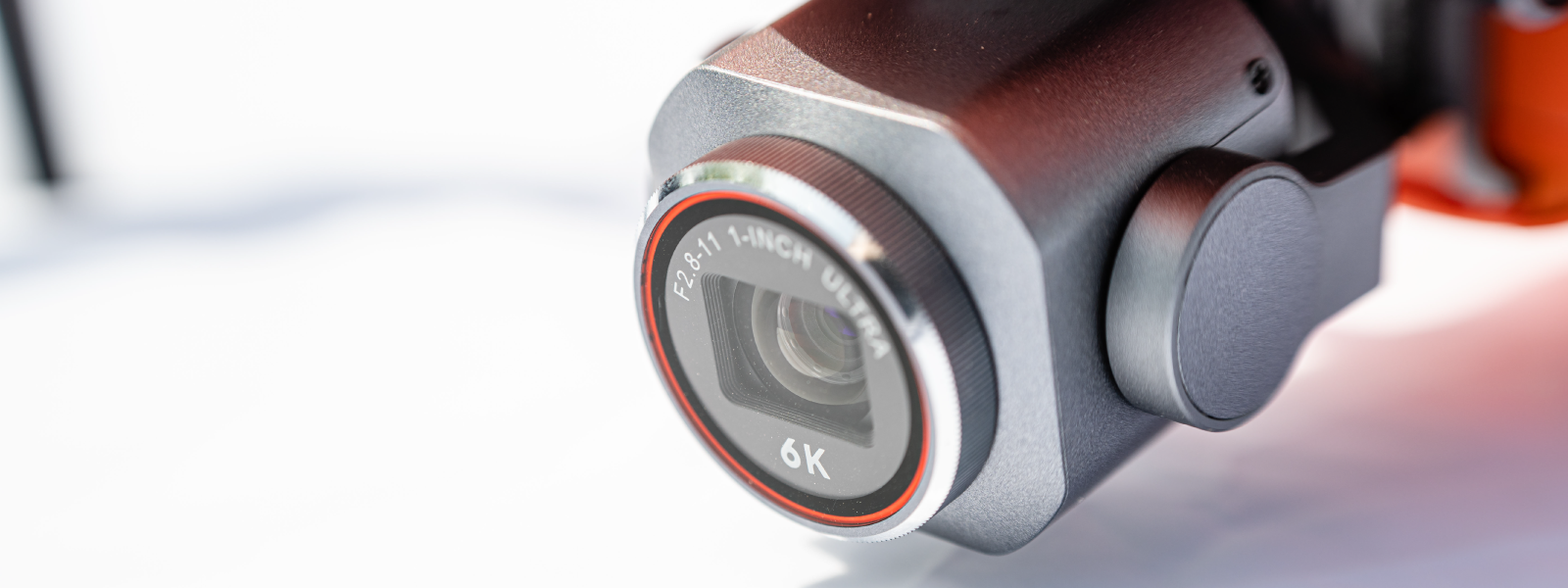
DJI vs Autel Evo Lite+
Due to price differences, the Lite+ has no direct competition. Indirectly the spec sheet suggests a few alternatives:
DJI Air 2S – Cheaper, smaller, and lighter drone with a similar camera. This drone features upward obstacle sensing but lacks an adjustable aperture. Also, it has a shorter flight time but takes up less space—overall a better option for most people.
DJI Mavic 3 – a more expensive and higher-grade drone. Some dare to compare the Autel Lite+ to the Mavic 3. The Mavic 3 is superior and, therefore, more costly.
EVO II Pro – a better and more expensive drone from Autel. It does contain the same camera system but offers omnidirectional obstacle sensing and more software features. We will take a look at this drone if we have the chance. Now we cannot say if the heftier price is worth the difference.
And there are drones like the Mavic 2 Pro or the Phantom 4 Pro/Advanced that also have 1-inch cameras but are not on sale anymore. These drones are excellent and, given their market price, are probably the better option. Phantom 4 Pro for those who do not mind a bulkier, non-foldable design. Mavic 2 Pro for those who do not require 4k 60p video. These drones and the DJI Air 2S support third-party apps and can use flight planners like Drone Duty for photogrammetry.
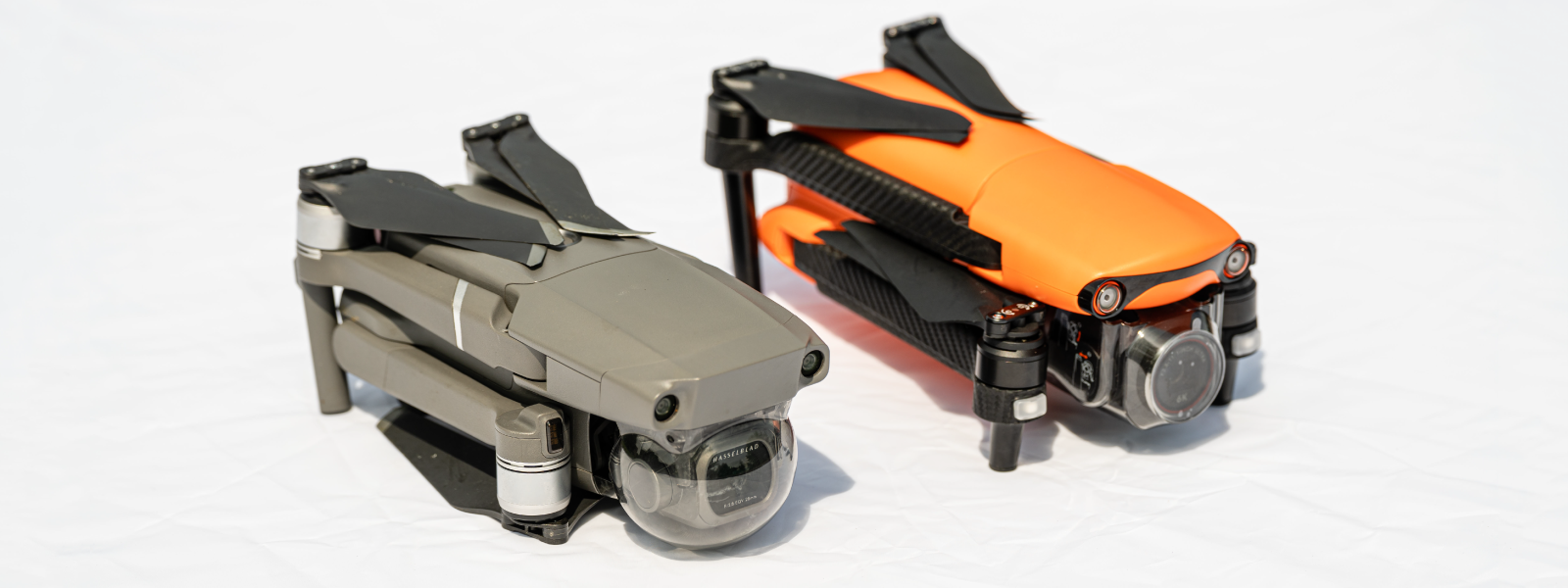
Flight Planning for the Lite+?
Autel Evo Lite drones use the Autel sky app, which does not contain any automated flight features. As for third-party apps – there are none at the time of writing, and we have no information that there will ever be. The publicly available SDK from Autel only supports the more expensive Evo drones. Evo drones are at the top of the consumer line. They can contain RTK positioning modules and thermal cameras, elevating them to the enterprise level.
The Autel Explorer app used with the Evo drones does contain some automated flight planning. With the clear division between Evo and Evo lite drones – we can safely assume that automated flights and flight planning are not coming to the lite drones.
Manual Photogrammetry With the Autel Evo Lite+
As a flying camera, the Lite+ has all the basic requirements for manual photogrammetry. It takes good quality photos with GPS information embedded in the photo metadata and provides a good flying experience.
Sadly, short of just flying manually and taking pictures, the Autel does not even offer any other modes suitable for photogrammetry. The hyperlapse mode would be helpful because it has the orbital flight option with some settings. Still, it crops even the raw images to a 16:9 aspect ratio. It means that only a part of the camera sensor is utilized, and the images will have different characteristics from standard ones.
Quick shots also have the orbital flight option, but it is only for video. Lastly, the tracking is rudimentary and does not work with buildings or objects that are not humans or vehicles. And even if it did, the camera can take UHD resolution jpegs with heavy crop only: no full res jpegs, no raw images.

Conclusion
The Autel Robotics Evo Lite+ is a mixed bag. It is a well-built drone with good battery life and excellent still image quality. Sadly it has many software limitations for video makers and photogrammetry. The Lite+ lacks even the basic orbital flight automation in the app used for smaller photogrammetric scans. With no SDK and third-party app support in sight, we cannot recommend buying the Lite+ for any photogrammetry needs. It is a reliable machine for manual still photography and hyperlapses. Everywhere else, it falls short for the current price.
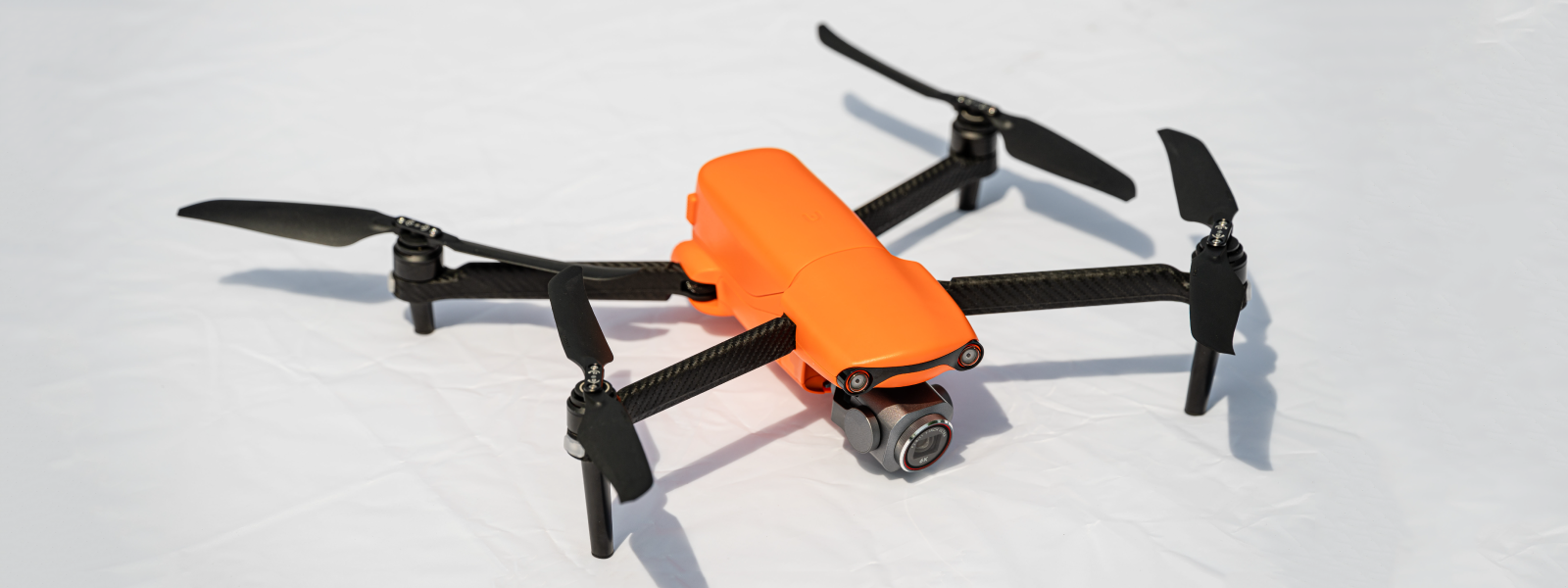

Photographer - Drone Pilot - Photogrammetrist. Years of experience in gathering data for photogrammetry projects, client support and consultations, software testing, and working with development and marketing teams. Feel free to contact me via Pixpro Discord or email (l.zmejevskis@pix-pro.com) if you have any questions about our blog.
Related Blog Posts
Our Related Posts
All of our tools and technologies are designed, modified and updated keeping your needs in mind

No. 1 Mistake You Are Making in Photogrammetry Right Now
As photogrammetry software developers, we need to troubleshoot multiple projects from our clients every week. The number one mistake, especially when making measuring projects, is using redundant photos. These photos can appear for a few reasons, which I will describe, and they can be quickly dealt
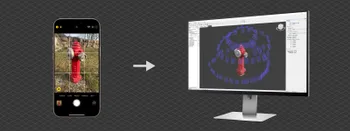
Classic Photogrammetry with an iPhone
Photogrammetric 3D scanning can turn a bunch of regular photos into a 3D model or a scene. So, we only need a camera and some knowledge of how to take photos. In the previous article, we tested the latest iPhone camera with a few different apps.
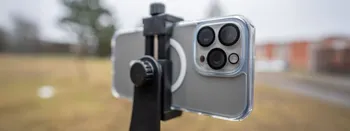
Manual Photography with iPhone 16 Pro Max - Android/Windows User Perspective
Adage as old as touchscreens on portable devices tells us that the best camera is the one you have. We have the luxury of having cameras everywhere we go because we are dependent and addicted to smartphones.
Ready to get started with your project?
You can choose from our three different plans or ask for a custom solution where you can process as many photos as you like!
Free 14-day trial. Cancel any time.
.svg@webp)
